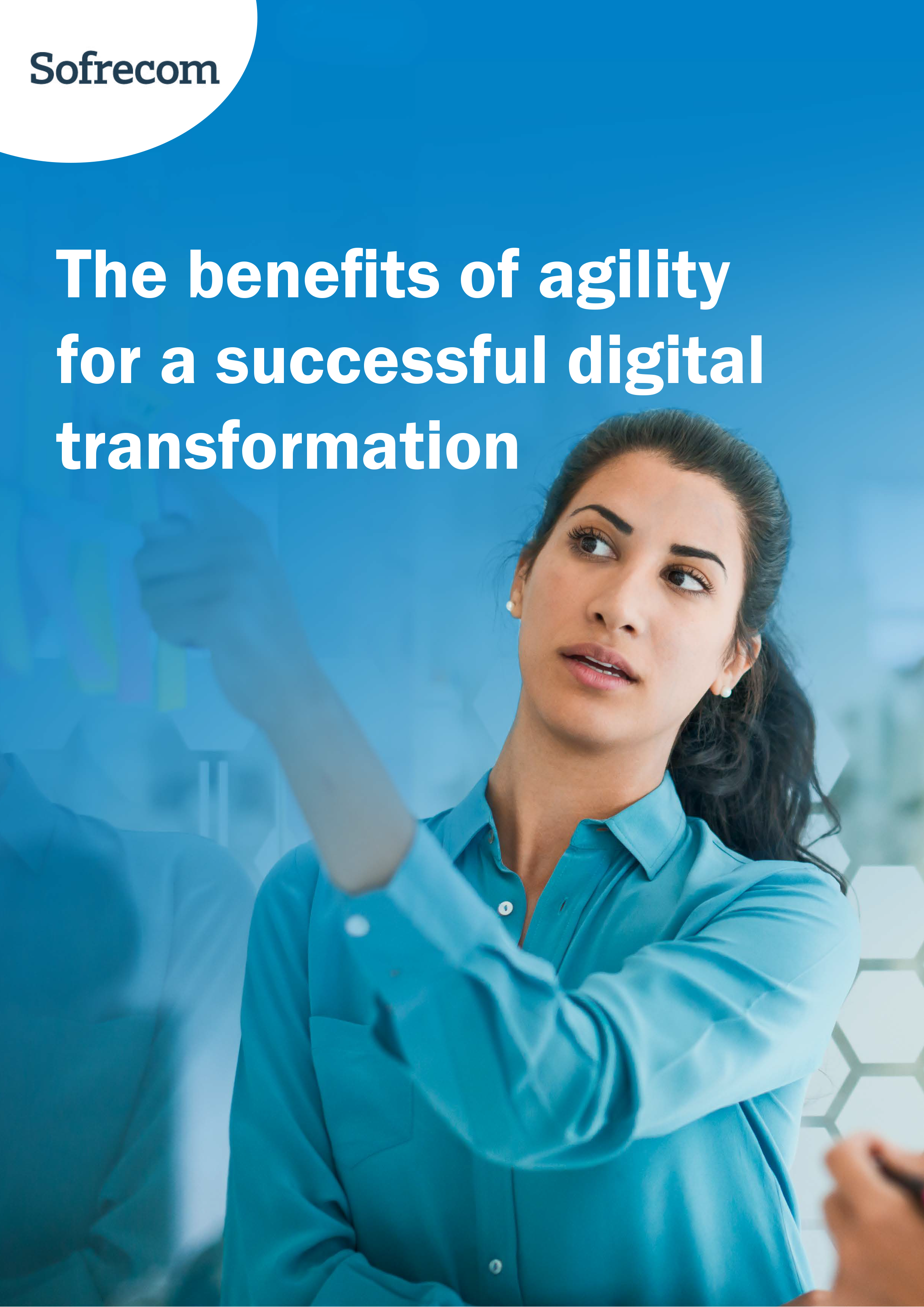
"The sheer speed of digital change makes it difficult to anticipate disruptive technologies."
What characterizes innovation today?
G. N. Digital innovation is stimulated by the falling cost of market entry. New entrants can immediately exploit the powerful datacenters initially created to meet the needs of the Internet giants. Innovation is also driven by a new generation of entrepreneurs, former employees of these Internet companies or from top American universities. Venture capital to finance digital services is not hard to find: there are numerous speculative investment funds and participative financing schemes. And the application in the USA in 2015 of the “JOBS Act” Title III (Jumpstart Our Business Startups) should free up a lot of investment cash from individuals.
Can we anticipate disruptive technologies?
G. N. Startups are agile and ready to adapt their business models; big companies are more ponderous. The danger for operators lies with entrepreneurs creating new categories of services on the fringes of their existing businesses. These so-called “full stack” startups develop everything from A to Z in-house. Uber and Airbnb are good examples.
Can we foster a startup ecosystem?
G. N. This is precisely what Orange is doing with its “Orange Fab” accelerators in the USA, France, Poland, South Korea, Ivory Coast, Japan, and soon Israel. In the Silicon Valley, we are already in our fourth campaign in two years and we have opened our model to big companies such as VISA, Hilton, AXA, Leroy Merlin, FNAC, Moët Hennessy and Safran-Morpho: this is the “Fab Force” initiative.
How do we train our personnel or recruit the right people?
G. N. One way of rapidly acquiring specific talents is to buy other companies. All companies become platforms for data exchange and cloud-mode digital transactions with APIs for everyone.
How can telcos position to counter OTTs?
G. N. It was telcos that created the foundations of wireline and mobile Internet. In doing so they have allowed OTTs (who have the big advantage of instant global reach) to launch compelling services. OTTs have a startup culture, agile and without complexes, and access to multiple financing sources. Their innovations can have devastating impact on established businesses, as we have witnessed with Voice over IP challenging traditional telephone and WhatsApp replacing SMS. Operators will counterattack by giving priority to the infrastructure development that will make their networks as powerful as possible. They can also develop new OTT services themselves with the goal of worldwide coverage from the start.
How can a telco innovate?
G. N. Operators continue to offer their customers new products and services derived from their own innovation or commercial and technical partnerships. They must invest in breakthrough technological projects, even in the absence of identified synergies. This is perhaps where tomorrow’s Next Big Things will be found, in areas just adjacent to the core business. “Good ideas often look like bad ones at the start,” remarks Ben Horowitz of the successful capital investment company a16z (1) in the Silicon Valley.
(1) Andreessen Horowitz, also known by the numeronym a16z, is a venture capital type capital investment company founded in 2009 by Marc Andreessen and Ben Horowitz. Its headquarters is in Menlo Park, California.





